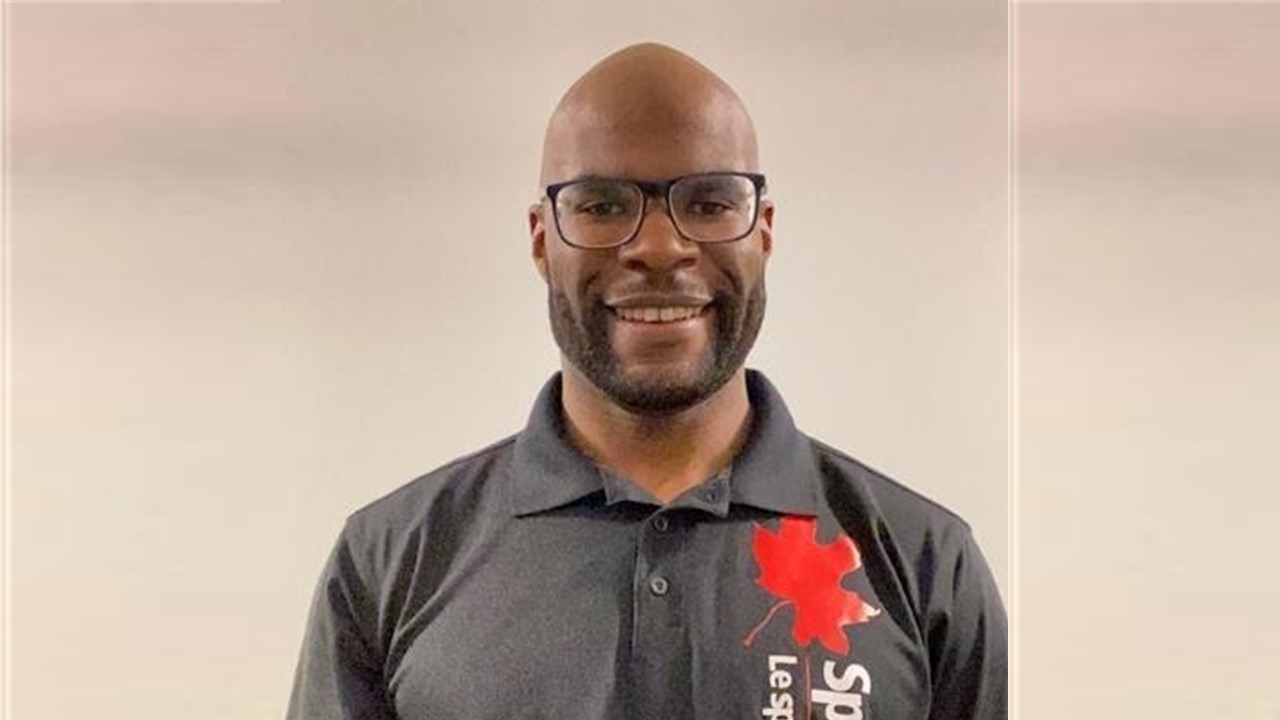Bringing the Program to Life

The session-to-session physical content of a good youth program is just words and numbers on a paper. A program must be brought to life by good environments involving intentional strategies that consider elements such as psycho-social factors, training age, growth and maturation, injury and medical history, and athlete goals and preferences. Bringing the program to life also needs good people with relevant experience, education, desire, intentions and good energy. Good people building good environments can help ensure that athletes can achieve fun, safety and success with programs that are developmentally appropriate, participant centred, progressive, challenging and well-structured.
Bringing the program to life
Bringing the program to life means addressing the cognitive, social, and emotional skills that help give context and purpose to a program or session so the athlete can anchor their experience to something interesting and important to them (3). Focusing on those skills in an intentional way before focusing on the content can help establish a safe and fun environment within which growth (success) can occur (1). Intentional strategies can include a mix of principles from well-known learning theories (6), motivational theories (4,7), resilience (5) and psychological needs (1). Using these principles, providing a good roadmap of how an athlete achieves these principles and promoting athlete self-reflection along this journey, can help the athlete thrive in the environment. In other words we are creating a culture where athletes can have fun, be safe (physically, emotionally, cognitively, socially) which is facilitative to success rather than debilitating to success.
Getting to know the athlete
A group or team of athletes is made up of individuals which must thrive in order for the group to function optimally. In order for individuals to thrive we must know which types of behaviours, experiences, goals, preferences, information and strategies might help them thrive. Getting to know the athlete can involve learning about cognitive, social, emotional skills, growth and maturation factors, injury and medical history, training age and sport experience, physical testing, ancillary factors (nutrition, sleep), and why they even showed up in the first place. Whether we get to know the athlete in an informal consult, formal consult, or fun “get to know each other” activities, the more important notion is that it is an intentional practice. Skipping this stage of the coaching process can have detrimental effects to the athlete’s experience, whereas focusing on this first can set-up an environment that leads to the fun, safety, and success of the athlete (1). From the information we learn about the athlete we can build the environment or culture around our foundational principles, learn how the athletes feel about themselves and their skills, how they learn best, what motivates them and if there are any past or present factors outside the environment that affect their experience in the environment.
Practical strategies examples
Social:
Task: Form a group of 3 people each from a different part of town, that play a different position. Present your new friends to the rest of the team.
Benefit: Encourages athletes to talk to each other and allows the coach to walk around and ask questions in an informal way.
Emotional:
Task: During a break after the warm-up or first activity, get every athlete to write down 1-2 things they like and dislike about the sport or about training. Also get them to write down why they play the sport or why they show up to training. Ideally you would follow up with the athletes on this information formally or informally.
Benefit: Shows you are taking the time to get to know the athlete and why they choose to play or show up.
Cognitive:
Task: Give autonomy or informed choice about warm-up activities (arm circles or dowel dislocates), types of similar jumps (squat jump, lunge jumps), or types of engagement games (chill or energetic).
Benefit: Autonomy is a basic psychological need that helps keep the athletes motivated (2).
Social/emotional/cognitive:
Task: Consistent start and end to sessions/practices that are fun and engaging.
Benefit: Gets athletes primed to start a session or serves as something positive as the last thing they remember when leaving a session.
Building a good youth program involves taking the physical content but bringing it to life by intentionally building the cognitive, social, emotional skills. Building these skills intentionally will help to build an environment that will lead to the fun, safety and success of athletes.
References
- Blynova, O. Y., Kruglov, Konstantin., Semenov, O., Los, O., & Popovych, I. S. (2020). Psychological safety of the learning environment in sports school as a factor of achievement motivation development in young athletes.
- Conroy, D. E., & Coatsworth, J. D. (2007). Assessing autonomy-supportive coaching strategies in youth sport. Psychology of sport and exercise, 8(5), 671-684.
- Deci, E. L., & Ryan, R. M. (2000). The” what” and” why” of goal pursuits: Human needs and the self-determination of behavior. Psychological inquiry, 11(4), 227-268.
- Dweck, C. S., & Leggett, E. L. (1988). A social-cognitive approach to motivation and personality. Psychological review, 95(2), 256.
- Fletcher, D., & Sarkar, M. (2013). Psychological resilience. European psychologist.
- Guney, A., & Al, S. (2012). Effective learning environments in relation to different learning theories. Procedia-Social and Behavioral Sciences, 46, 2334-2338.
- Nicholls, J. G. (1984). Achievement motivation: conceptions of ability, subjective experience, task choice, and performance. Psychological review, 91(3), 328.
Richard is a strength and conditioning coach and PhD Candidate based in Winnipeg, MB. The diversity of the athletes he has worked with has helped him realize that athletes engage better with the physical content of a program after the coach has engaged them mentally, emotionally and socially. It is these factors that build the environment from which the athlete can thrive.






